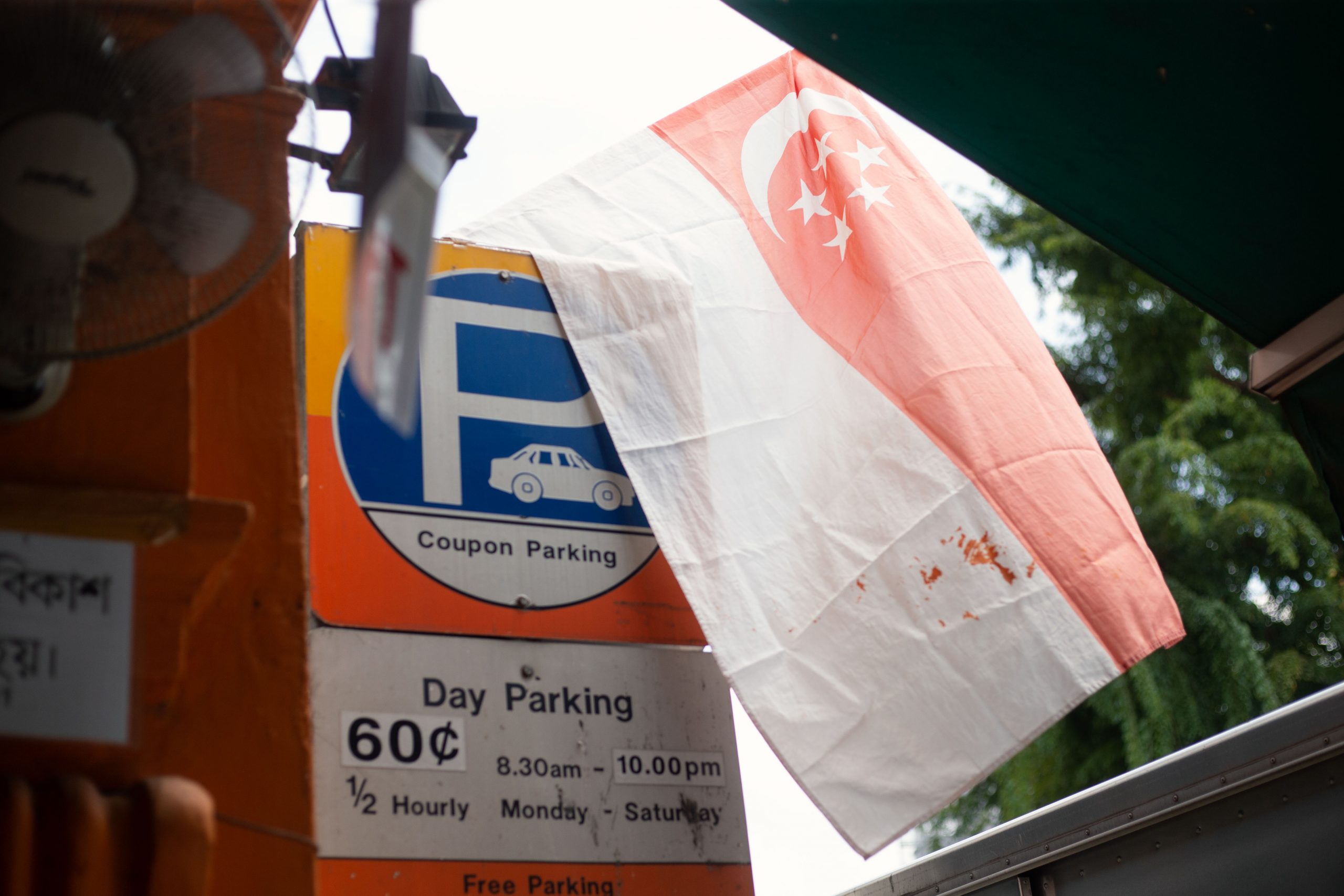Top image: Zachary Tang for RICE Media
Listening to the stories of Malaysians who have worked and lived in Singapore is always fascinating. In this instance, I was sitting in my apartment listening to my friend, Viktor Tey, recount his experience working with Singaporeans. Specifically, an incident involving a stuck door.
“Here’s how Singaporeans and Malaysians react when the office’s front door is out of order. Malaysians will go around, find a way, and figure out how to solve the problem independently. Singaporeans will call a number to report it, then if nothing else happens, they go home.”
ADVERTISEMENT
Viktor is a 26-year-old Malaysian software developer who travels in and out of Singapore for work every few months. I ask him why Singaporeans don’t figure out a way to sort out the issue themselves as Malaysians would.
“They trust in the system’s reliability,” he replies, a faint smile tugging at the corners of his lips. “So they know someone is definitely coming around to fix it in a few hours.”
In comparison, public services in Malaysia are… anything but reliable. Escalators break down, buses and trains run late, and traffic lights stop working at random. Sometimes, these problems don’t get fixed for years.
It’s understandable, then, that many Malaysians want nothing more than to emigrate to a more well-oiled country with better prospects.
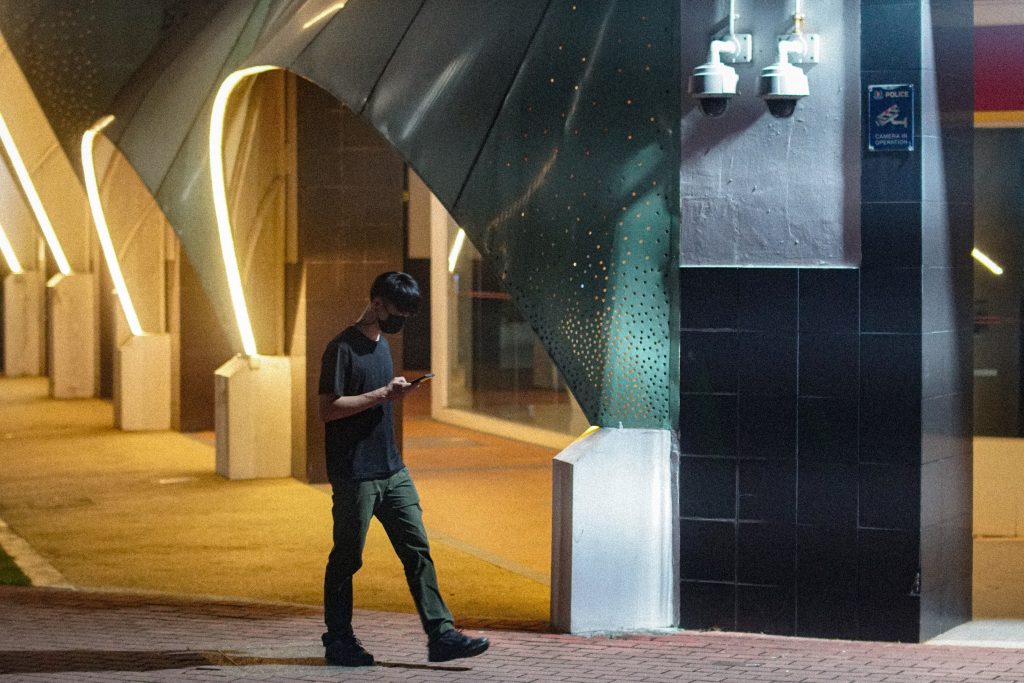
Singapore: As Told By Headlines
As a passive observer of a neighbouring country, you only ever hear about the most viral headlines.
Based on news headlines from Malaysia that receive global attention, Singaporeans may well think we’re all living in crime-ridden cities with rubbish strewn everywhere by dangerous drivers. Oh, and our politicians are all corrupt.
While all of this is technically true, it’s only 20 percent of what Malaysia is really like. But if the tables were turned, one word would sum up what Malaysians know about Singaporeans based on news headlines.
Otters.
It appears as if Singapore is entirely overrun by gangs of otters.
So far, we Malaysians have heard about otters who bit a man 26 times and killed over 40 koi fish. And despite their purported brutality, these carnivorous mammal celebrities have their own Facebook fan page.
It’s like Singapore is obsessed with its own pint-sized furry waterborne yakuza.

Aside from otters, Singaporeans also like to gather in crowds to watch owls or a gawk at a man-made hot spring. Some are caught in the strangest public misdemeanours, like kicking the food belonging to a couple who was live streaming on Twitch, getting into drunken fights, and committing acts of vandalism against other people’s cars.
ADVERTISEMENT
To be honest, Malaysians can’t help but stifle their yawns reading these stories. Why do Singaporeans get so quickly excited over what seem to be mildly interesting things?
In Malaysia, these would go no further than a WhatsApp message spread by boomer folks. At best.
29-year-old Thelma, who has been working as a copywriter in Singapore for the past four years, sums it up perfectly. “Why are Singaporeans so excited over boring things? Did you see that new hot spring they unveiled?” she asks rhetorically.
“It was so sad I wanted to cry.”
Service Providers and Nothing More
Yet, even at the peril of gangster otters, Malaysians pour into the city-state in droves—about 300,000 on a daily basis in 2021, according to Datuk Dr Syed Hussain Syed Husman, the president of the Malaysian Employers Federation.
The daily mass migration is most apparent on weekdays when long lines of motorists queue up at the Causeway to make the two-hour journey into Singapore. Here in this crowd, you’ll find cleaners, electricians, accountants, engineers, logistics managers—any job that requires additional labour.
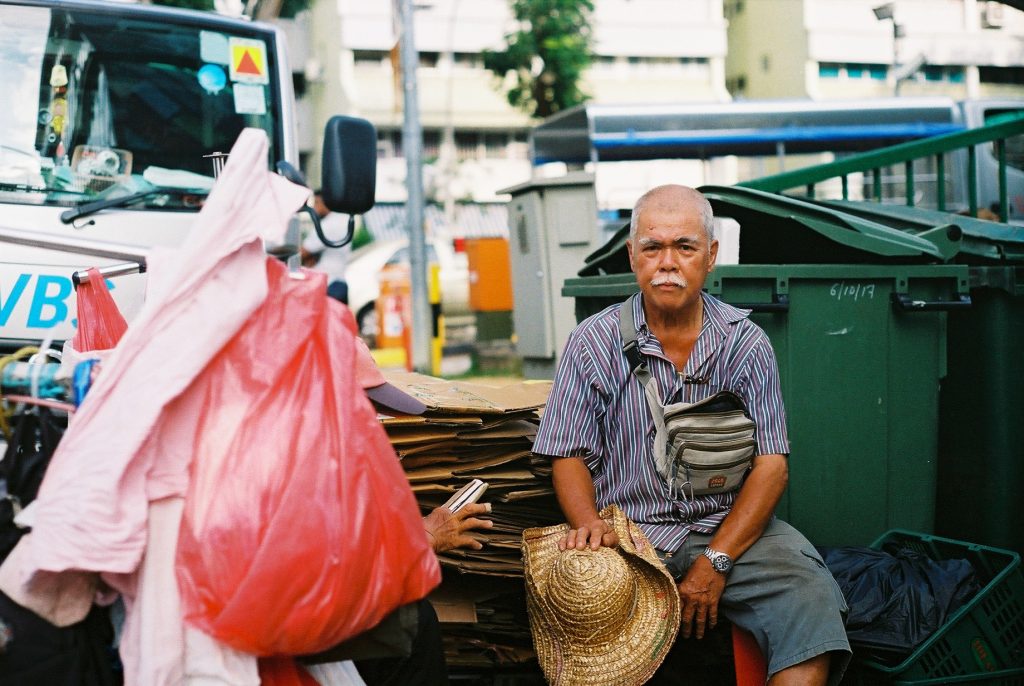
Marc Chan is a 31-year-old Johorian who used to work in Singapore back when he was 23. The culinary arts graduate worked as a commis chef in Grand Park Orchard Hotel and Park Hotel Clarke Quay before moving on to the retail industry at Art Friend, and then helped a friend set up his Western food stall business in Bedok.
His four-year stint in Singapore afforded him valuable insights into how a Malaysian is viewed by Singaporeans.
“They see us as service providers—nothing more,” Marc posits.
“This sense of ‘you’re a foreigner, and you’re here to do us a service’ is more apparent in the F&B industry,” Marc shares. He has worked in kitchens in Singapore alongside Filipinos, Taiwanese, and people from Hong Kong. But never with a Singaporean.
“The local boys and girls would prefer managerial roles in F&B or hospitality—but they wouldn’t do kitchen work. They see kitchen work as menial or ‘lower class’.”
Outside the kitchen, Marc tells me he has been treated with disrespect by Singaporean customers. “They say we’re stealing their jobs, but we’re just doing the jobs they consider beneath themselves to do.”
Now, Marc’s looking for jobs in Kuala Lumpur as a purchasing assistant. He says he would love to return to work in Singapore, but he’ll never touch F&B roles again.
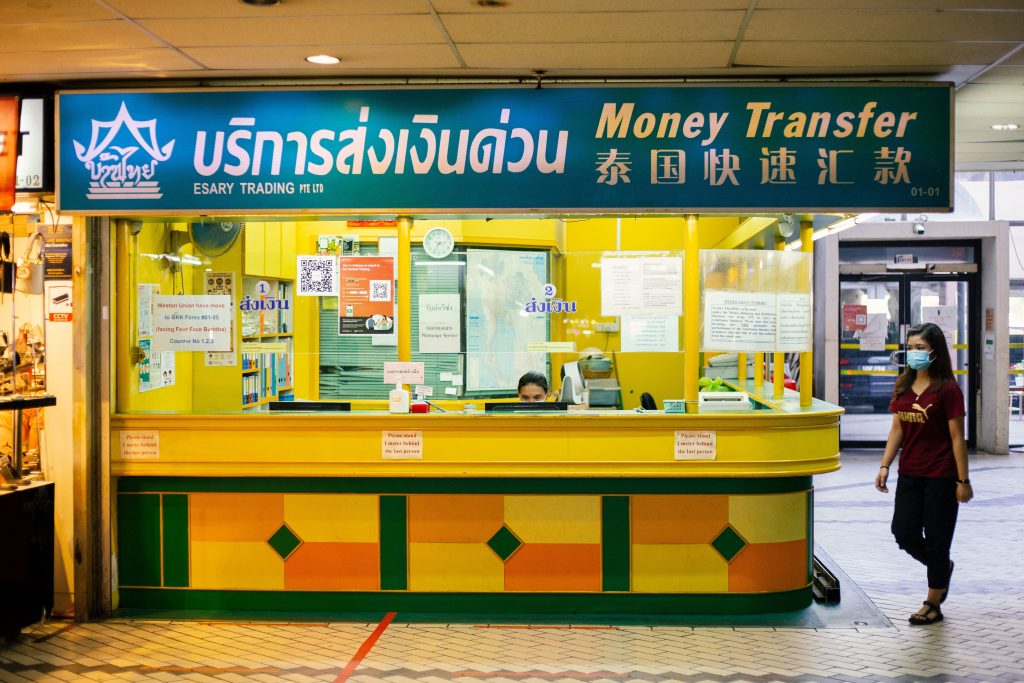
Ringgit Matters
Marc faced two choices when he started his first job as a commis chef. Work each day, then make the trip daily back to JB, or rent a room in Singapore and have an easier commute to work.
Although Singapore’s currency is stronger than Malaysia’s and is the primary reason why many Malaysians are keen to earn a living here, the city state’s high cost of living presents a conundrum for people like Marc.
Savings whittle to a nub when daily staples such as food and transport are considered. Throw in rental fees, and many are often left with little by means of emergency funds.
For Marc, despite his starting salary being below S$2,500, he chose to rent a room in Singapore to avoid getting burned out from the daily travel.
Even when he progressed to better-paying jobs, Marc wasn’t able to save as much as he had initially planned.
“For Malaysians, we are basically taking the ‘low-income jobs’ the Singaporeans are refusing to do. So how much can you realistically save, to be honest?”
For others, tightening their pockets means having to always work out mental currency conversion arithmetics to justify basic food prices.
Azizul Alif is a 20-something diploma holder in electronics from Johor Bahru who works in Singapore as a building maintenance technician at Guoco Towers.
He has a TikTok account where he does AMAs based on his experience working in Singapore. His videos are mostly about logistics and currency affairs.
When Azizul started working, he would go to the Singaporean eateries and see that one plate of nasi goreng would cost S$6. After mentally converting the price of nasi goreng in his head to RM19, he compares it to the nasi goreng you can get in Johor, which usually costs at most RM8.
“Everything here is so expensive,” he shares in one of his Tiktok videos.
Still, after about six months of acclimatising to Singaporean life, he says he’s gotten so accustomed to the prices here that when he goes back to Malaysia to visit, he’s confused by all the costs that appear to be marked up in MYR.
“I will think, “Why is this T-shirt RM90?” then do a mental calculation in my head and realise it’s only RM28,” he shares, chuckling.
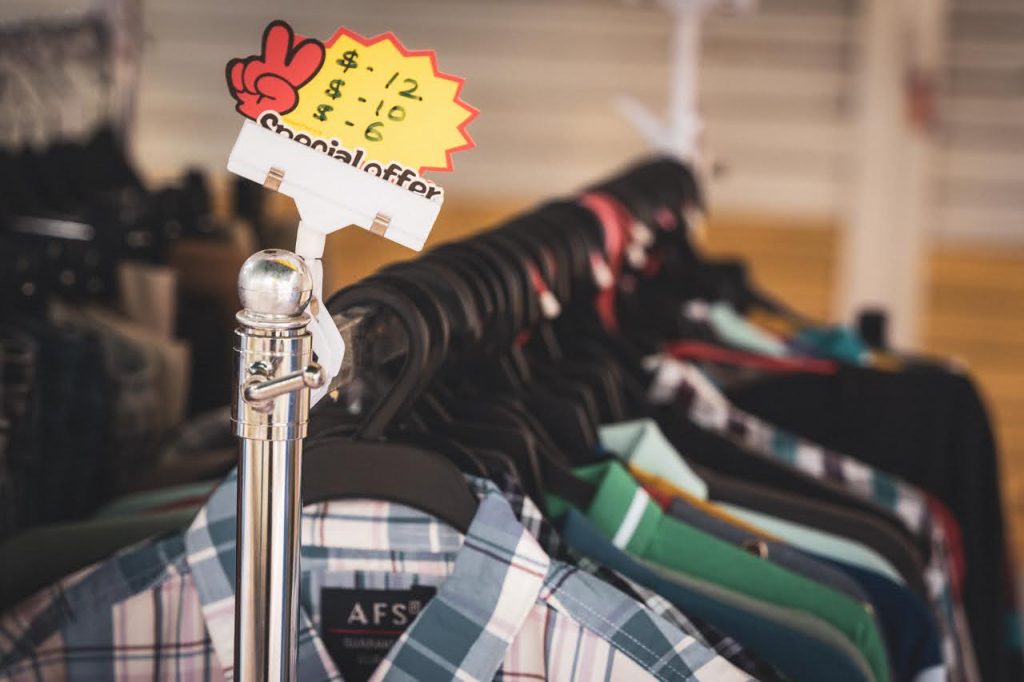
The Great Migration
Given the proximity and wildly differing living standards, it’s no surprise that many Malaysians have decided to either become a Singaporean PR or, even more drastically, a citizen.
31-year-old Russell Kua is a Malaysian from Johor Bahru who has worked in Singapore for 7 years in the tech industry. Two years ago, he decided to convert to Singaporean citizenship. He now lives in the West of Singapore with his wife.
Russell is an outlier among the Malaysians I’ve spoken to. He believes one shouldn’t just look at Singapore as a place to work hard, save up, build a nest egg, and eventually retire in Malaysia.
Instead, he says they should also look at the infrastructure, the global outlook, and the ease and safety of raising your children.
“Do you know that by the time they are 7-years-old, Singaporean children already have S$10,000 in their bank account?”
Russell is referring to Singapore’s Baby Bonus Scheme that gives Singaporean parents a Cash Gift that increases in value the more children a married couple have.
At this point, Russell leans towards me conspiratorially. He tells me that he suspects there are many more Singaporeans who used to be Malaysian than what is publicly revealed.
His theory is not without context. It’s widely acknowledged by local news portals that Malaysia’s Chinese population is on a downward trend due to brain drain.
Where these Malaysians end up settling is a different question. Neither Singaporean nor Malaysian population reports reveal what percentage of Malaysians convert to Singaporean citizenship.
But based on data from the UN’s Department of Economic and Social Affairs, the number of Malaysian migrants in Singapore has increased from 195,072 in 1990 to 952,261 in 2019. In the same period, Singapore’s population has grown from 3 million to 5.8 million in 2022.
If 900,000 of that growth is spurred by Malaysian conversion, then it stands to reason that a good 20 percent of Singapore’s total population are former Malaysians.
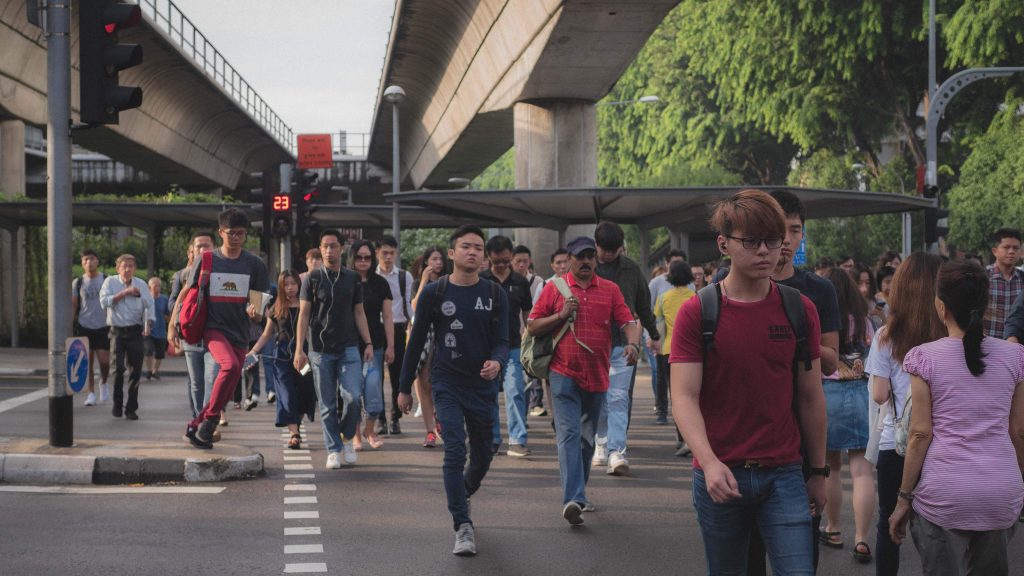
Driven Out of Malaysia
For Russell, this massive migration is unsurprising.
“Singapore is actually not that different from Malaysia. The only difference between Malaysian Chinese and Singaporean Chinese,” Russell explains helpfully, “is that we were always told to be self-reliant.”
He went on to share that from a young age, it has been drilled into our heads that the Malaysian government is not going to help the Chinese population.
The things the government do are only going to benefit the Malays in the country. In other words, we’re on our own.
Most importantly, we must figure out our own way to make it in a world that doesn’t care about our existence. “Singaporeans don’t have this sort of childhood teaching growing up.”
For Duckie*, she thought that becoming a Singaporean PR would “erode” her Malaysian identity somehow. But she no longer ascribes that symbolism to it.
“Some days, I think that living in Singapore has made me identify even more strongly as a Malaysian.”
Russell also believes that changing his nationality has no bearing on how he relates to his family or friends.
To her, Russell, and many other Malaysians, it’s just another practical life decision.

The Chinese-ness Scale
If so many Malaysians exist in Singapore, it should be easy to integrate into society—in theory. This is especially so if you are Malaysian Chinese.
Still, every Malaysian I spoke to offers a variation of the same thing: “You look like them, but you are not.”
It’s hard to articulate, and it depends on the upbringing of the person saying it. But, broadly speaking, there is a distinct separation of group identity centred along the fault lines of your preferred lingua franca: English or Mandarin.
This difference in language choice changes how a Malaysian is seen in Singapore. For the English-educated ones, it is almost impossible to differentiate them from other English-educated Singaporeans. The only giveaway is when they express food preferences, habits, and the ability to speak Malay fluently.
Duckie is one such example. The 35-year-old Malaysian Chinese woman grew up in KL and Selangor and moved to Singapore when she was 23 to study at NUS.
As someone who is English-educated, she says she feels a bigger pressure of assumptions around “Chineseness” in Singapore than she ever did growing up in KL or Selangor.
“Not being fluent or conversant in Mandarin is something I’ve been made fun of for a lot more in Singapore than I ever was in KL,” Duckie shared. In Singapore, she tells me, if you’re Chinese and doesn’t speak Mandarin, it’s a cause for ridicule.
Duckie says this makes her feel different from other Chinese Malaysians who can converse fluently in Mandarin. She mentions how, having lived in four different countries, she works very hard to adapt to every culture she’s been to. So, it was a surprise to hear this kind of repeated teasing from Singaporeans.
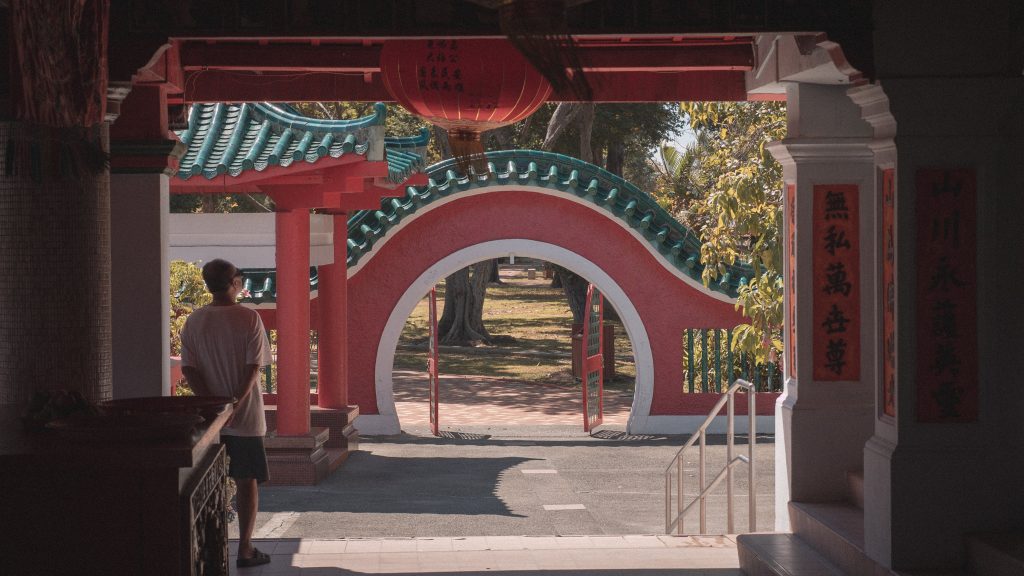
Minority Challenges
Of course, how much racism you receive depends on how much you stick out. *Yaalini is an Indian Malaysian who asked to be anonymous for this article.
“As a brown woman, my skin is either ‘dirty’ or fetishised. Still, there are so many intersections to skin colours, to the point where two people—one with a slightly darker skin tone than the other—would have totally different lived experiences.”
Yaalini shares that she is grateful her current workplace is very progressive. She has had many past experiences in Singapore of being subtly othered or excluded. Most times—it’s non-verbal, like when people instinctively avoid her when she gets in a lift with them.
“Once, I’ve even been told to remove my pottu (forehead paste) by my Singaporean employer because she said she’d lose her clients,” she recalls.
Unsurprisingly, Yaalini tells me that Malaysian Chinese are somewhat insulated from this, especially if they’re English- and college-educated.
“It’s definitely way easier to blend in for Malaysian Chinese folks. For the rest of us—especially darker skinned people—every little thing we do is amplified when you’re a minority,” she admits.
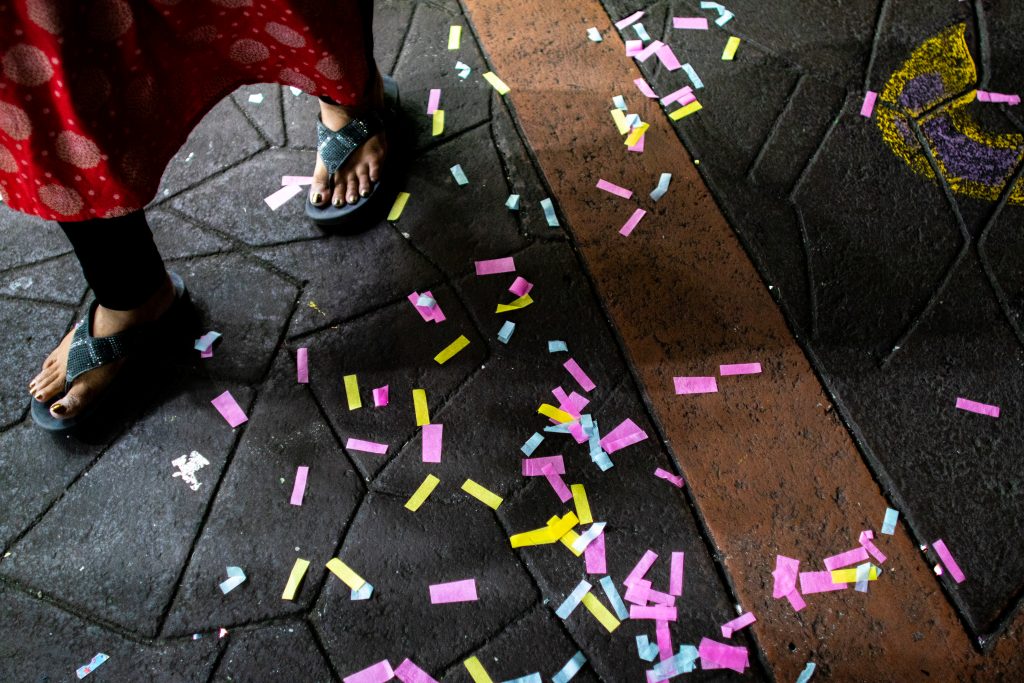
The Singaporeans Left Behind
Still, minority or not, the comments and behaviours that Malaysians get from Singaporeans go beyond light teasing.
Recently, there was a video circulating on TikTok where a cantankerous old gentleman levies a barrage of xenophobic epithets at a Malaysian sitting in the priority seat of the MRT.
“Go back to Malaysia! Don’t earn Singaporean dollars here. If you’re able, go back to Malaysia and earn money there!” he sputters at the Malaysian man.
While this display of peak Boomerism was publicly derided on social media by most Singaporeans, it points to an undercurrent of sentiment that is not politically correct to express.
31-year-old Zhi Yu, a data analyst, thinks that the man didn’t go through the Singaporean education reform. “Nobody under 50 speaks like that to foreigners.”
Still, the incident reinforces his belief that being Malaysian doesn’t automatically endear you to Singaporeans.
Proximity, familiarity, and shared heritage mean very little when rice bowls are at stake.
“Many Malaysians here think of themselves more highly than the other expats, especially the ones who take on lower-paying jobs. Not true. They view you as foreigners, the same as everyone else,” remarks Zhi Yu.
Duckie is aware that some lower-income Singaporeans feel like blue-collar Malaysians are edging them out of their sources of income. As a Malaysian working in social outreach, she lends a sympathetic ear to the plight of Singaporeans who feel left behind.
“Having worked with low-income Singaporeans as part of my studies and work, I can somewhat confidently say that many Singaporeans struggle to stay afloat in the day-to-day,” she said, gazing into her teh tarik.
Duckie tells me that Singaporeans feel intense social pressure to succeed—whether it is achieving S$100,000 by age 30 or getting married and moving into a BTO flat.
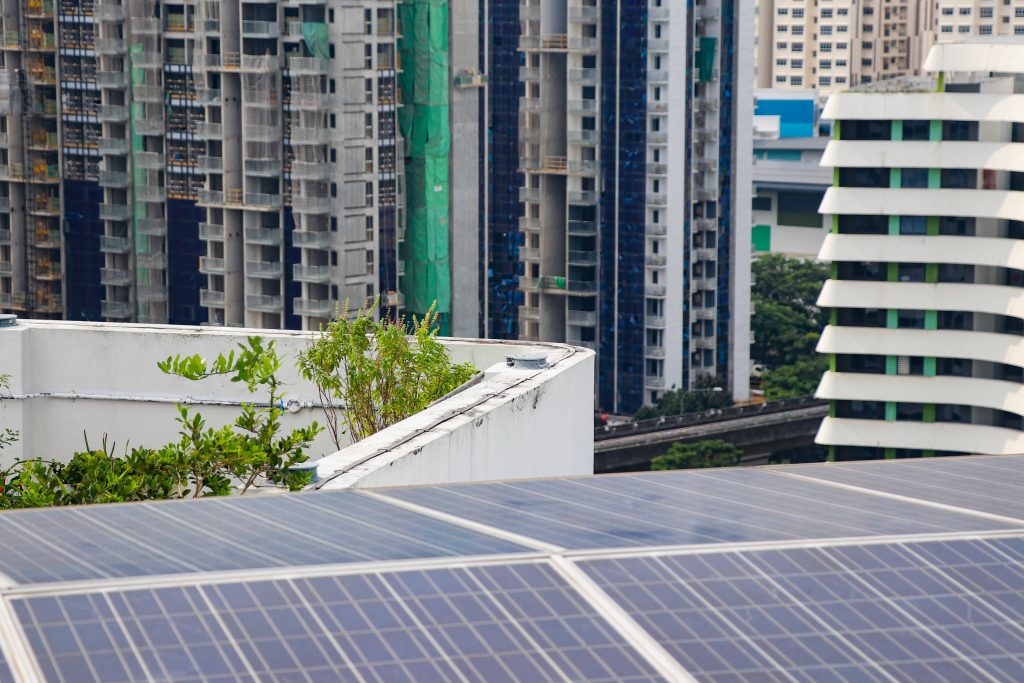
And after hearing all of their woes, she sometimes wishes that Singapore could be a kinder society but not in a “be nicer to each other” way.
“What I mean is that Singapore could be kinder about the fact that different people have different goals, lives, perceptions of what’s important in life, or understandings of what it means to have a family,” she observes.
The concept that there is no singular way of being happy, measuring success, measuring achievement, or benchmarking value, seems to run counter to how Singaporeans were raised and brought up—it creates a sense of ennui with their current circumstances.
“They tend to always be not totally satisfied or content with where they currently are. I imagine that can be pretty challenging,” Duckie says with a shrug.

